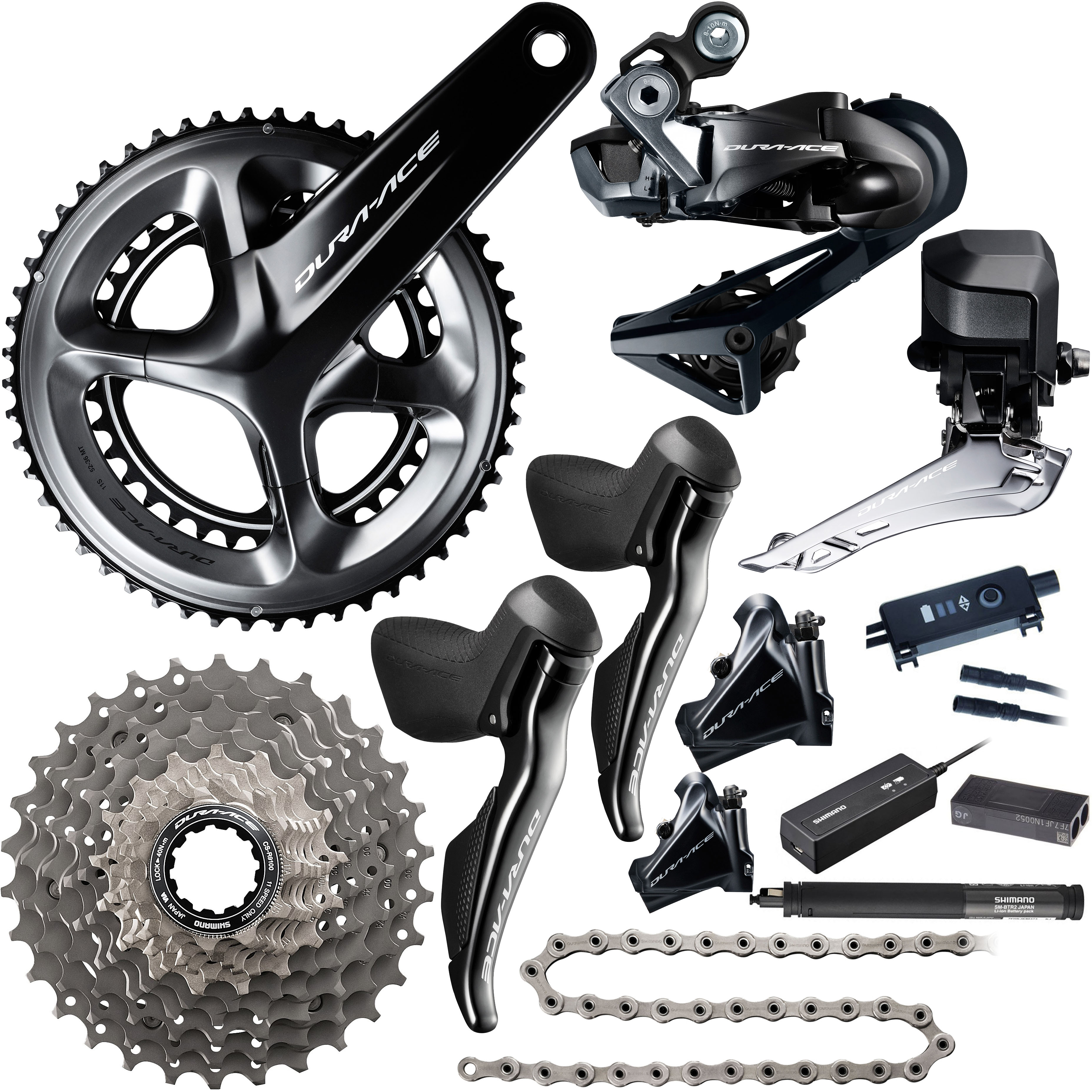Mechanical shifting involves moving the chain up and down the cassette and chainrings via a steel cable that runs from the handlebar shifter to the front and rear derailleurs. With electronic shifting, there are no cables; the derailleurs move the chain with battery power. The motor in each derailleur receives a signal from the shift levers, which then move the chain either up or down the cassette or chainrings.
What makes electronic shifting so much more beneficial for the amateur and professional cyclist is that with mechanical shifting, you need to shift at the right time to keep from grinding gears or dropping the chain while if you shift electronically, you don’t have to worry about waiting to shift from the small to the big chainring or the other way around.

Because electronic drivetrains are battery-powered, shifts can be performed at any time, no matter what speed you’re riding at – and the shifts will be of the same precision every time. Electronic shifting also lets you jump gears seamlessly, four or more gears at a time. As with any other cycling innovation that is relatively new to the mass market, electronic groupsets are still fairly expensive so you have to be a committed cyclist with a desire to upgrade your performance at (almost) any price. The groupsets listed below are for road bikes. Electronic shifting is also available for MTBs and triathlon bikes. The market for road bikes is dominated by three manufacturers: Shimano, SRAM and Campagnolo.
The least expensive Shimano electronic groupset is the Ultegra R8050 Di2, which lists for €2,000 but can be purchased for as little as €1,230. The top-of-the-range Dura-Ace R9170 Di2 lists for about €4,000 but can be had for almost half the price. It is widely considered the best there is. Both are 11-speed.
The SRAM Force eTap AXS HRD FM 12-speed groupset is widely regarded as an excellent product, especially considering the price. Listed at €1,980, it can be had for €1,423 at Wiggle. The top-shelf SRAM Red eTap AXS HRD lists at €2,760 and is available at about €1,675.

Campagnolo is considered the most prestigious of the Big Three electronic groupset manufacturers and boasts a long and storied history. It’s also the most expensive because it caters only to the mid and high sectors of the market. It calls its electronic systems EPS: Electronic Power Shift. The Super-Record EPS is used by the UCI WorldTeams UAE Team Emirates, Movistar, and Lotto-Soudal. It sells for about €4,000. Wiggle does not carry it. However, it does sell the less expensive Campagnolo Record EPS 11 Speed for €2,577 (list price: €4,230).
Once you’ve decided that you absolutely must have electronic shifting on your bike, inform yourself of possible disadvantages because nothing is perfect. For example, maintenance. (It used to be possible for me to fix my own car if the problem was not major. That’s no longer true.) And shop around for the best price including shipping if possible.
Or you could wait until the prices come down – maybe a year or two – because more people will be going electronic. I can foresee a time in the not-too-distant future when the only place you’ll be able to buy a bike with mechanical shifting is in an antique shop.




